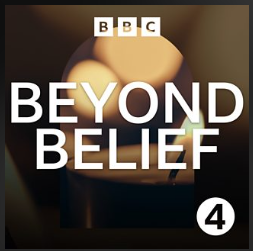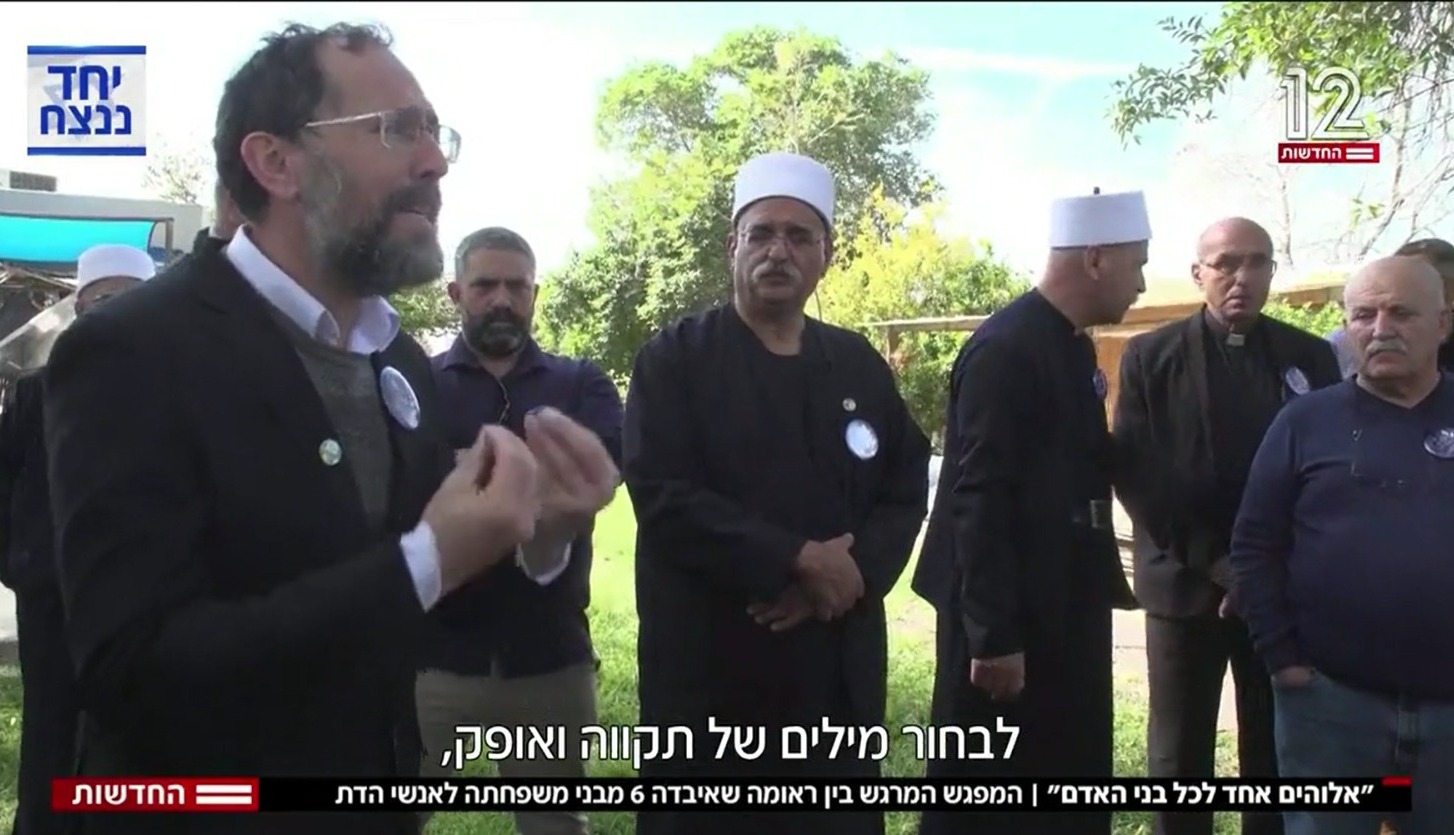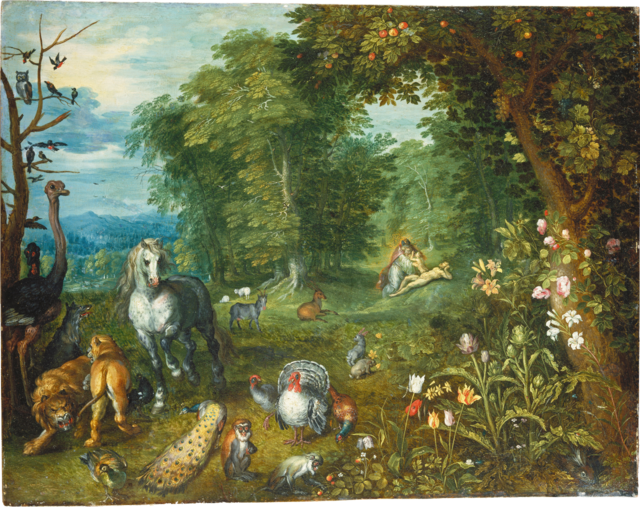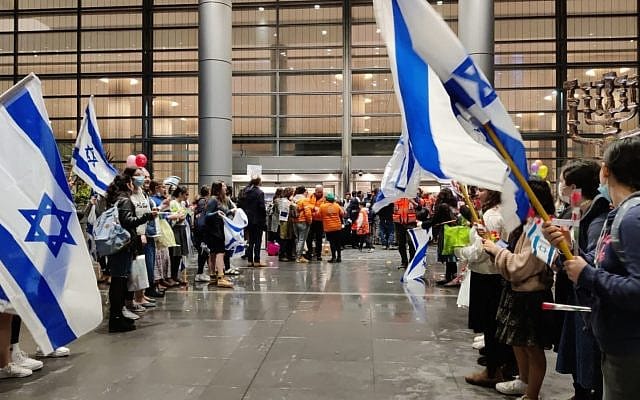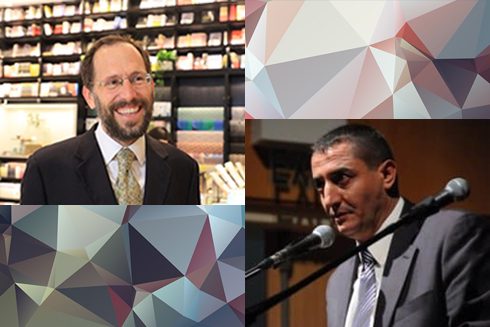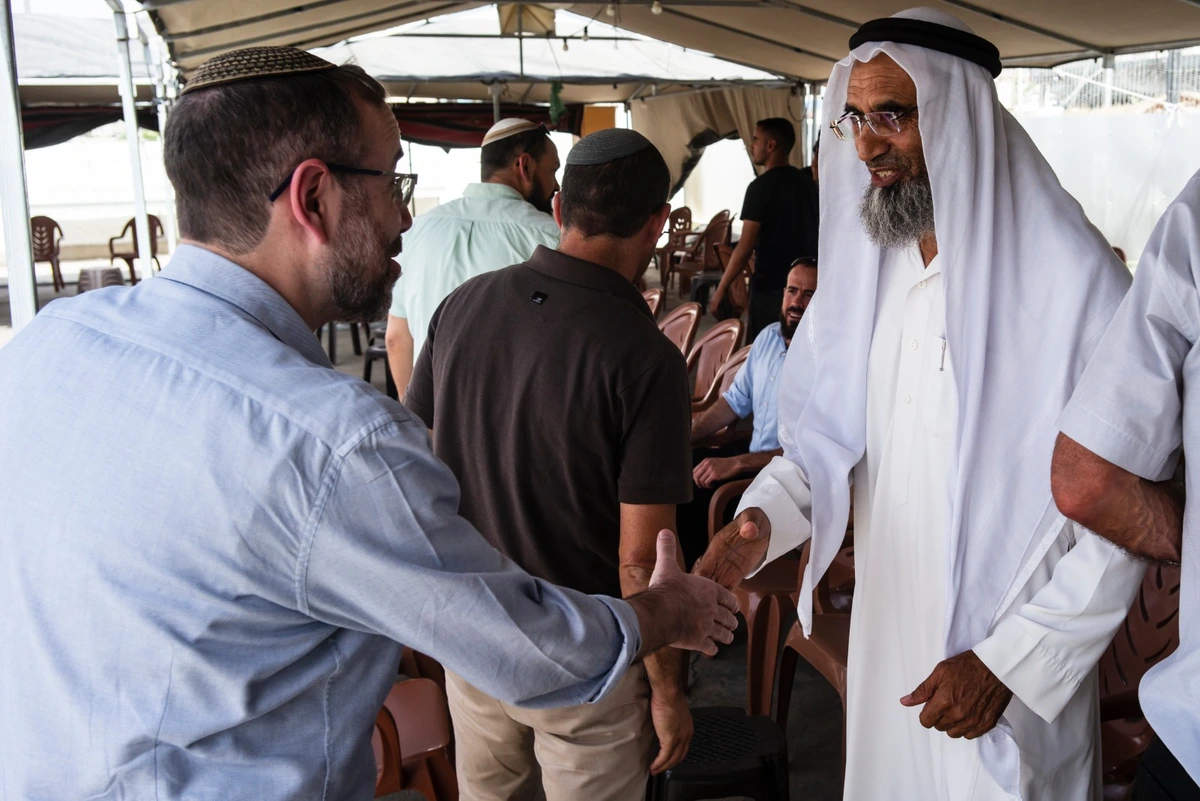![]()
The Jewish Journey to Loving the World
by Rabbi Dr. Yakov Nagen | September 11, 2023
“I have loved you with ahavat olam (eternal love/love of the world)” (Jeremiah 31:3)
In prophecies describing the end of days, we see movement in two opposite directions. On the one hand, the return to Zion is a movement inward from the outside, from a place where the Jewish people are dispersed among the nations, to a place where we are separate and alone, in the land of Israel. On the other hand, at the same time as the people of Israel fulfill their particular destiny by returning to the land of Israel, they must also realize their destiny of becoming a “light to the nations” (Isaiah 49:6). This is a movement outward from the inside; “The Torah goes forth from Zion” (Isaiah 2:3). There is a paradox here: we leave behind a situation where we are, in practice, mixed with the nations of the world; we isolate ourselves in our land within ourselves – and all this precisely in order to build a connection with the world we left behind.
The meaning of this paradox lies in understanding that the transition from exile to redemption is a transition from a life of survival to a life of vision. The people of Israel’s existential need during the various exiles was to prevent assimilation into their non-Jewish surroundings. This need required them to cut themselves off from their surroundings and alienate themselves from the non-Jewish people among whom they lived. Specifically in Israel, when we are safer and more protected from losing our identity, we are able to live with vision and find the people of Israel’s precise place in the larger story of humanity.
However, it is not only on a technical level that the vision of returning to Zion means providing a safe space for a more protected and precise relationship with the nations. When each of our patriarchs was promised the land of Israel, they were also called to be a blessing for the nations; “Go forth from your land, your birthplace, and your father’s home, to the land that I will show you… and all the families of the world will be blessed through you” (Genesis 12:1-3). Part of the essence of what it means to live in the land is that the people of Israel want to be a blessing to all the nations and enables them to move forward in this direction.
Over 70 years have passed since the establishment of the State of Israel. In only a few years, the majority of the people of Israel will live in the land of Israel. Without a doubt, we have become a powerful country. I believe that one of the greatest challenges of the people of Israel at this time is to begin a new chapter in the story of our relationship with other nations, and with humanity as a whole. This relationship is an intrinsic part of the prophetic vision; the physical return to Zion is only the first and most basic stage of realizing that vision.
Yet the challenge of this journey is not simple; we need to look with new eyes at questions of Halakha and Jewish thought regarding the relationship between Israel and the nations. These questions were neglected at times during the exile. When these questions were addressed, opinions and interpretations were often emphasized that strengthened the divisions between Israel and the nations– divisions that were necessary in order to make Jewish existence in exile possible. We have the Tractate of Idolatry, which focuses on distancing ourselves from the nations and their negative aspects; but Tractate “Light unto the Nations” has not yet been written – that will focus on what we can do that is positive and on the positive aspects of the relationship between Israel and the nations.
The Journey to the Ahavat Olam
To capture in two words this vision, we can use the term ahavat olam. This suggestion implies a new interpretation of the term. According to the simple meaning of the verse in Jeremiah (31:2), ahavat olam means eternal love (ahavah means love, and olam means eternal), and the object of that love is the people of Israel alone. However, the Hebrew word olam has two meanings: eternal and world. The second meaning makes the the object of love all of humanity; ahavat olam means love of the world.
When I went on a journey to discover the meaning of ahavat olam in our sources, I found that understanding this term as love of the entire world, including all of its peoples and creatures, has ancient roots.
From “Great Love” to Ahavat Olam
The clearest articulation of ahavat olam as love of all existence and all creatures can be found in the writings of Rabbi Abraham Isaac Kook . The Rav discusses two alternating linguistic formulations in the blessing preceding the Shema, one in the morning prayers and one in the evening prayers – ahavah rabah (a great love) and ahavat olam:
Knowledge of God through ahavah rabah, when full of its true light, radiates with its absolute light ahavat olam, love of all worlds, all creations, and all types of life and their existence (Shemonah Kevatzim 1:101).
According to Rav Kook, ahavah rabah is love of God, connecting to the Divine light and cleaving to it. Ahavat olam, however, is exactly what it says it is: love of the world, its beauty, its nature, and the creatures and people who live in it. One might think that ahavah rabah cuts people off from simple physical existence and from their environment, contradicting ahavat olam. Yet Rav Kook teaches that people who are saturated with ahavah rabah, those who know God and love God, become full of love for all existence, and wish for the success and growth of all:
Love of all existence fills the heart…the devout among people…hope for the happiness of all, wish for the light and joy of all…when they come among the dwellings of humanity, and they find divisions of nations, religions, sects, and opposing ambitions, they try with all their might to include everything, to unite and bring together.
Those who are full of true love of God desire good and happiness for all of creation, and experience great joy at the growth of all nations, and particularly at the possibility of uniting and mending the divisions of humanity.
Two New Years: National and Universal
The Gemara in Tractate Rosh HaShanah teaches that the New Year for the kings of Israel is on the first of Nisan. In contrast, the first of Tishrei – the New Year that we celebrate every year as the beginning of the year – is actually the New Year for humanity (Babylonian Talmud, Rosh HaShanah 3a). The logic of this distinction is clear: each year has two poles, a national pole and a universal pole. The national pole is fitting for Nisan, the month in which the people of Israel went out of Egypt, the beginning of our growth as a nation and the monarchy of Israel. The universal pole, on the other hand, is fitting for Tishrei, when we say: “Today is the birth(day) of the world;” this is the day the world was created, with all of its creatures and people, and “all creatures pass before Him” (Mishnah Rosh HaShanah 1:2).
Alongside national themes, the prayers for Rosh HaShanah include many phrases that emphasize the universal aspects of the day (“Rule over the entire world with Your honor;” “Let everything that has been made know…” “All wickedness will evaporate like smoke,” “Regarding the nations, it is said on this day” and more). Yet during the long years of exile, this aspect of Rosh HaShanah was sometimes forgotten. The national pole was emphasized, together with the great love with which God loves His people Israel. The Haftarah of Rosh HaShanah expresses the height of God’s love for Israel: “The people that survived the sword found favor in the wilderness…I have loved you with ahavat olam, therefore I have drawn to you loving kindness” (Jeremiah 31:1-2). Yet perhaps particularly in our time, the time period of the return to Zion and the Jewish national awakening, there is a place for a new-old read of Rosh HaShanah, that emphasizes the deep connection between Israel and the other nations. As we saw, the term ahavat olam, from the Haftarah of Rosh HaShanah, can take on a new meaning that fits with the universal nature of the day: great love for all the world.


